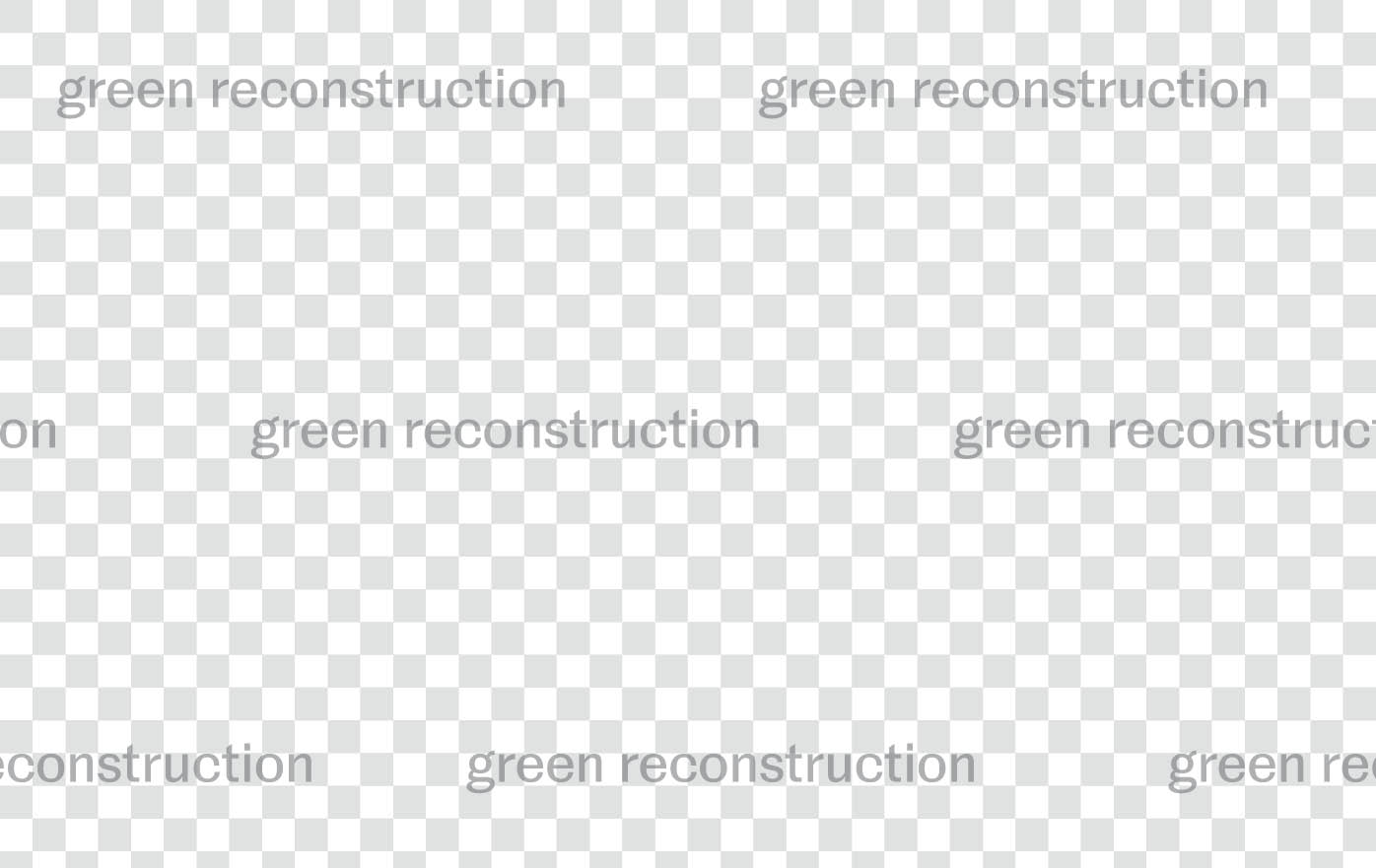Infrastructure in
America
Green Reconstruction
What is Green Reconstruction? It is an outline, an open work, for the repair of a world ravaged by three intersecting crises—of mutual care, of racial oppression, and of climate, all intersecting in turn with economic inequality—that moves along two axes, the Green axis of ecological transformation, and the gilded axis of material redistribution, or Reconstruction. The Green axis refers to the ecological and economic ambitions of proposals like the Green New Deal and its counterparts around the world, all of which merit serious academic and public attention. The second axis recovers the unfinished project of what W. E. B. Du Bois called, in Black Reconstruction in America (1935), “abolition democracy,” and with it, the political-economic restructuring of a system for which the expropriation of Black and brown lives is business as usual, as racial and ecological apartheid remain global norms.
More specifically for the arts and sciences of the built environment, Green Reconstruction names a new curriculum, a potential change of course. By this the Buell Center recognizes the central role of professional, academically sanctioned expertise in constructing and maintaining a status quo, including a status quo nominally devoted to perpetual innovation. To mean anything and to change anything, Green Reconstruction must speak from below; but to endure, it must find its own designers, planners, and technicians. Such figures, both scholars and practitioners, link the powers below with the powers above, with the aim of supplying technical equipment with which to make things change.
We support these efforts first by inviting any and all to join a concrete conversation about what might change and why and how. In recent years, the Buell Center has attempted to convene parts of that conversation, with detailed studies of the “right to infrastructure” in sites of racialized dispossession like Flint, Michigan, and of the states of emergency by which democratic self-governance was withheld, again along racial lines, from hurricane-torn New Orleans and Puerto Rico. We have co-hosted a public assembly in Queens to discuss the real, multi-scalar implications of the Green New Deal, and sponsored coursework at Columbia to explore its potential and its limits. Cases and occasions like these link up into a network of inputs, a constellation of site-specific conflicts and their provisional resolution, that draw the outlines of a larger, more collective effort to define change. These local efforts only begin to capture the full scope of the individual problems they explore. But taken together, they confirm the extent of the current crisis and indicate some of its key dynamics: not merely privatization, but de-democratization; not merely racist expression, but racially organized dispossession; not merely climate denial, but the knowing, profit-driven embrace of a fossil-fueled future.
We propose to assist in this change of course by changing professional curricula. By gathering specialists in the professions of the built environment, part of whose job is to impart meaning to that environment and to make it work, the Buell Center aims to show how these curricula might be modified with tools designed expressly not to repeat a deadly status quo but rather, to model societal transformation both symbolically and materially. As signaled in the Buell Center’s Green Reconstruction public service announcements, this is a civic undertaking, governed by a spirit of cooperation among educators, students, and publics with different and sometimes competing interests. Today’s multi-dimensional crisis requires us to rethink together the social, economic, and ecological order devastated by the COVID-19 pandemic in a manner that repairs the damage, amends injustice, and averts still worse. It requires us to ask how to erase longstanding inequities made clear as day, when safety, comfort, and care for some has meant heightened risk for countless others.
How to heed the warning, as fossil-fueled climate change forces overexposed populations onto front lines redrawn before our very eyes? How to see what links the absence of planning with planned exploitation? Racial oppression with ecological apartheid? Public health with environmental justice? Healing the planet with healing society?
To assist in teaching these questions and developing their provisional answers we have fashioned, with the help of many, this toolkit regarding new curricular infrastructures for professional education in the design and planning of the built environment.
Our larger goal is twofold:
- To educate ourselves, our colleagues, and our students into ways of thinking and acting that link professional responsibility with societal change.
- To outline pedagogical frameworks and courses of action for others to adopt and make their own.
Please join us.

Design by MTWTF